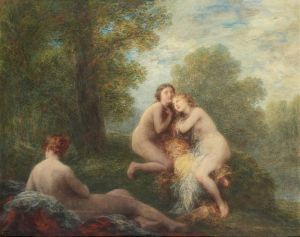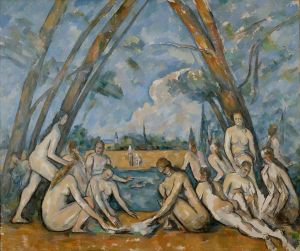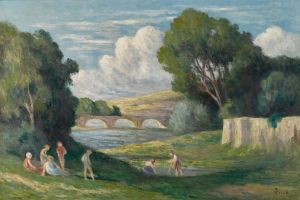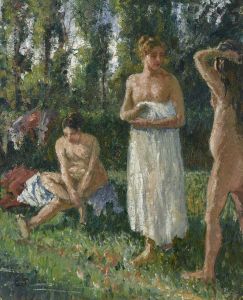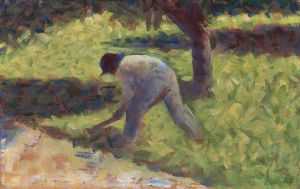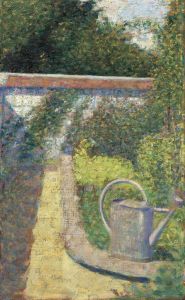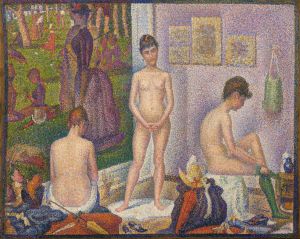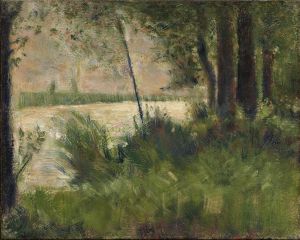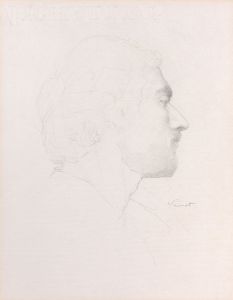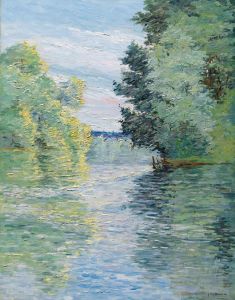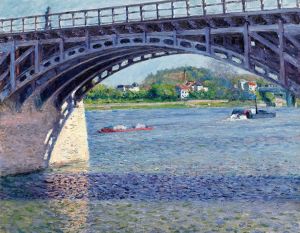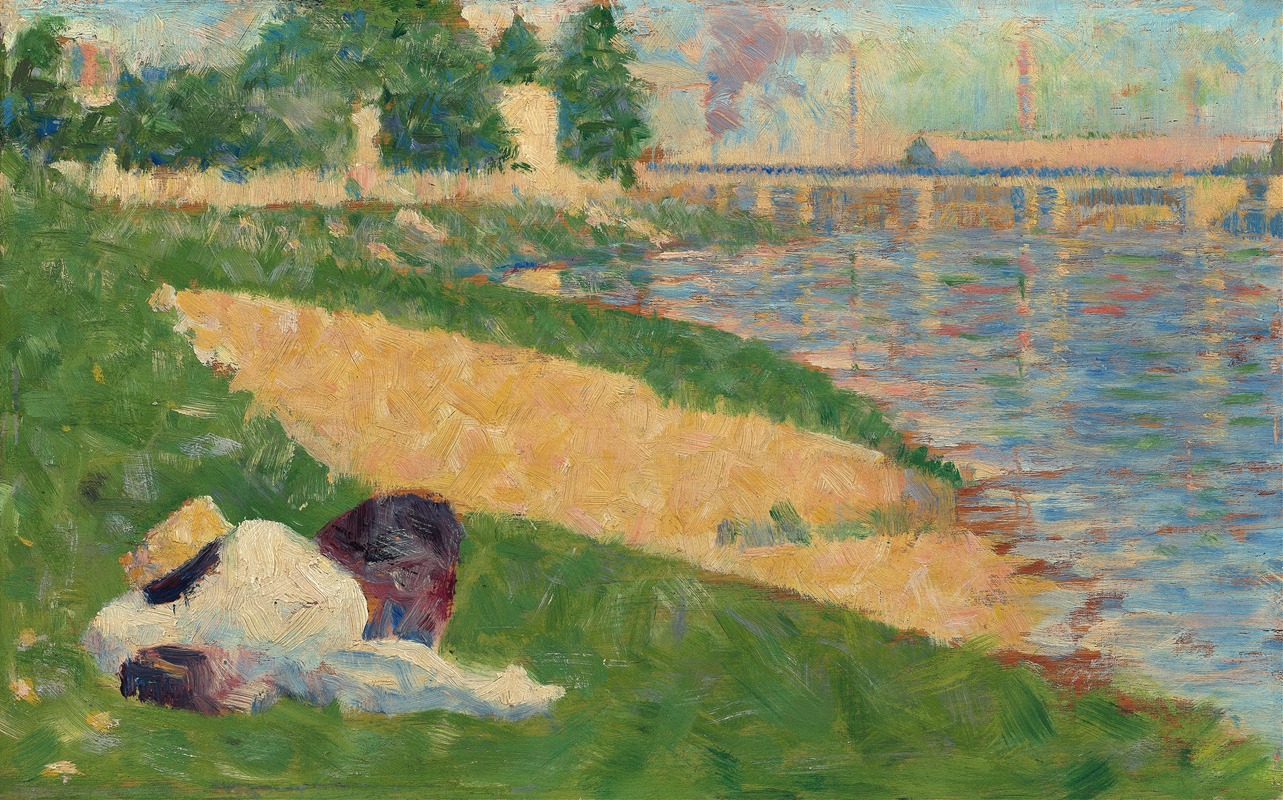
The Seine with Clothing on the Bank
A hand-painted replica of Georges Seurat’s masterpiece The Seine with Clothing on the Bank, meticulously crafted by professional artists to capture the true essence of the original. Each piece is created with museum-quality canvas and rare mineral pigments, carefully painted by experienced artists with delicate brushstrokes and rich, layered colors to perfectly recreate the texture of the original artwork. Unlike machine-printed reproductions, this hand-painted version brings the painting to life, infused with the artist’s emotions and skill in every stroke. Whether for personal collection or home decoration, it instantly elevates the artistic atmosphere of any space.
"The Seine with Clothing on the Bank" is a painting by the French artist Georges Seurat, who is renowned for pioneering the technique known as Pointillism. This painting, created in 1884, is one of Seurat's earlier works and showcases his developing interest in the effects of light and color, which would later become central to his artistic practice.
Georges Seurat was born on December 2, 1859, in Paris, France. He studied at the École des Beaux-Arts in Paris, where he was influenced by the traditional techniques of academic art. However, Seurat soon became interested in the scientific study of color and light, which led him to develop Pointillism, a technique that involves applying small, distinct dots of color in patterns to form an image. This method was based on contemporary optical theories and aimed to achieve greater luminosity and vibrancy in paintings.
"The Seine with Clothing on the Bank" depicts a serene riverside scene along the Seine River, a frequent subject in Seurat's work. The painting captures the tranquil atmosphere of the riverbank, with clothing laid out to dry, suggesting the presence of people who are not directly depicted in the scene. The composition is characterized by its calm, orderly arrangement and the meticulous application of color, which would become hallmarks of Seurat's style.
In this painting, Seurat employs a technique that predates his fully developed Pointillist method but still reflects his interest in the interplay of light and color. The brushstrokes are more visible and less systematic than in his later works, yet they still convey a sense of harmony and balance. The use of light and shadow in the painting creates a realistic depiction of the natural environment, while the choice of colors enhances the overall sense of tranquility.
Seurat's work on "The Seine with Clothing on the Bank" and other similar paintings laid the groundwork for his later masterpieces, such as "A Sunday Afternoon on the Island of La Grande Jatte" (1884-1886). These works would solidify his reputation as a leading figure in the Neo-Impressionist movement, which sought to bring a scientific approach to the study of color and light in art.
The painting is part of a series of works that Seurat created along the Seine River, capturing various aspects of life and nature in the region. These paintings reflect his fascination with the changing effects of light and the serene beauty of the landscape. "The Seine with Clothing on the Bank" is notable for its depiction of everyday life and its subtle yet effective use of color and composition.
Georges Seurat's innovative techniques and his dedication to exploring the scientific principles of color and light had a profound impact on the art world. His work influenced many artists who followed, including the Post-Impressionists and the early 20th-century avant-garde movements. Seurat's legacy continues to be celebrated for its contribution to the development of modern art.
"The Seine with Clothing on the Bank" remains an important example of Seurat's early experimentation with color and light, showcasing the artist's evolving style and his commitment to capturing the beauty of the natural world through innovative techniques.





